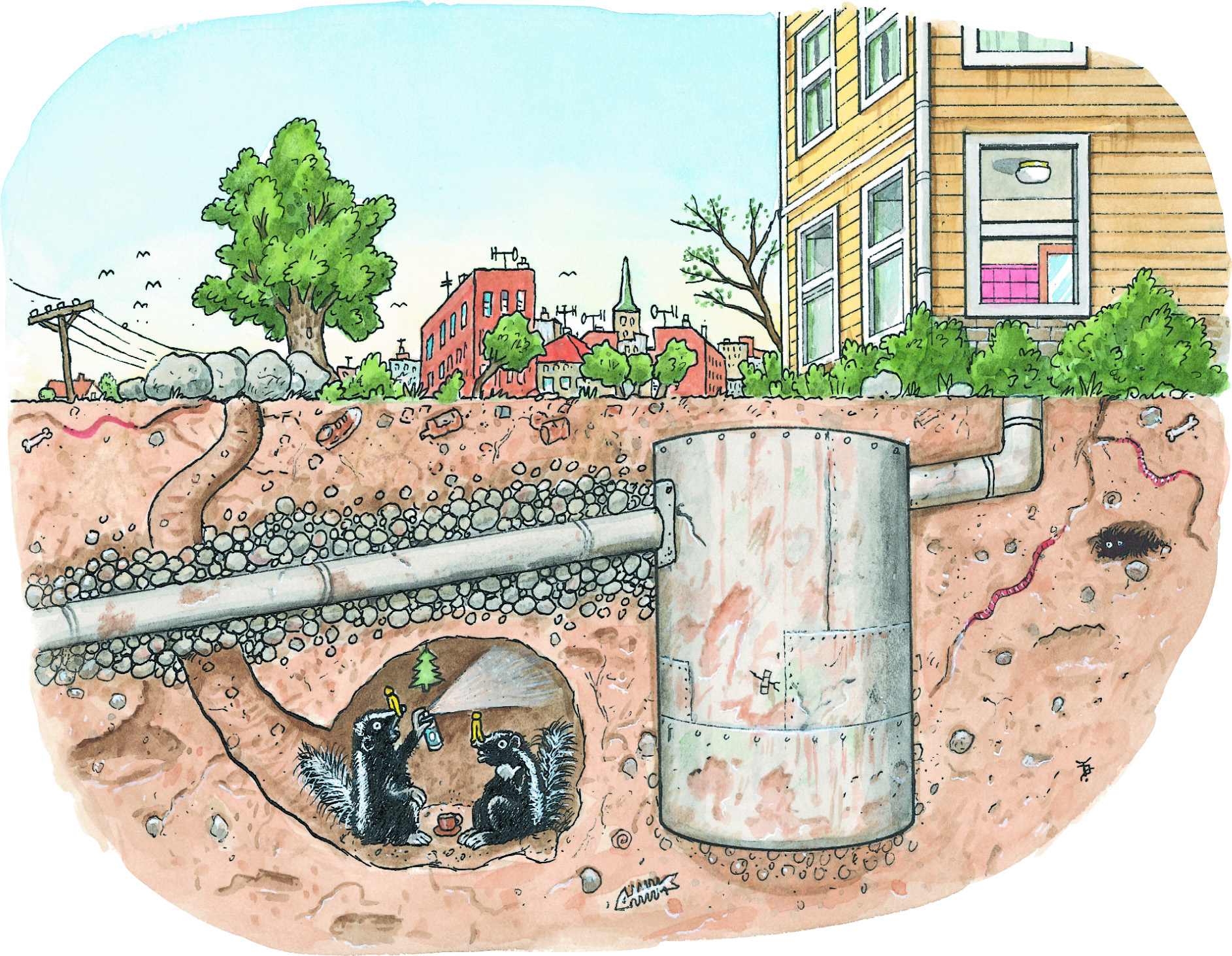
Overview
In this section you will find materials that support the implementation of EarthComm, Section 10: Water Pollution and Treatment.
Learning Outcomes
- Use a model to explain the movement of pollutants in groundwater.
- Carry out an investigation of the level of nitrates in a stream within your community.
- Use a model that illustrates key processes and stages in water treatment.
- Obtain information on the types and effects of various pollutants.
Inquiring Further
- To learn more about local water quality, visit the following web sites:
Safe Drinking Water Act: Consumer Confidence Reports, EPA
Click on "Find Your Local CCR" and your state to be taken to a new page that gives an overview of your state's drinking water and links to additional information. To view your water quality report, click on the "CCR Website" link to view a list of reports that are available online.
Envirofacts, EPA
Click on "Facility" to research the status of industries in your county.
SDWIS Federal Reports Search, EPA
Click on your state to be taken to a new page that provides information about your state's public water systems, including violation information for each system.
- To learn more about pollution from pets , visit the following web sites:
Pet Waste and Water Quality, City of Albuquerque
Looks at the effects of pet waste on water quality.
Pet Waste and Water Quality, New Hampshire Department of Environmental Services
Information on the environmental impact of pet waste.
- To learn more about thermal pollution, visit the following web sites:
How Many Power Plants are there in the US?, U.S. Energy Information Administration
Click on "Power Plants" to download a spreadsheet that lists all of the power plants in the United States.
- To learn more about the Flint, Michigan water crisis, visit the following web sites:
Interim Report of the Flint Water Crisis Investigation, State of Michigan
Provides background information as well as a timeline for the Flint, Michigan water crisis.
Flint Drinking Water Response, EPA
Information on the response taken by the EPA to solve the Flint, Michigan water crisis.
Resources
To learn more about this topic, visit the following web sites:
Pollution in Surface Water and Groundwater
Effects of Human Activities on the Interaction of Groundwater and Surface Water, USGS
Reviews the effects agricultural development, urban and industrial development, drainage of the land surface, modifications to river valleys, and modifications to the atmosphere have on groundwater and surface water, including pollution and disturbance of flow paths. Site includes several color images. Includes links to case studies on the effects of irrigation, nitrate contamination, pesticide application, the increase of water levels in surface reservoirs, vegetation removal, and acid rain on water reservoirs.
Arsenic in Groundwater Resources of the United States, USGS
Discusses arsenic concentrations in potable water across the U.S. Includes a map that shows arsenic concentrations in groundwater of the United States.
Ground Water Studies, USGS
Contains a review of the threats to our nation's water supply and the steps the USGS is taking to minimize the effects of natural hazards and environmental damage caused by human activities on groundwater supplies.
National Field Manual for the Collection of Water Quality Data, USGS
Contains links that describe the basic techniques of water resource investigations, including water sampling. Click on links to open table of contents for a chapter on the particular technique. One chapter is devoted to preparations for water sampling, including tips on materials to take into the field, tips on field trip responsibilities, and advice on how to select sampling sites. There is also a chapter that reviews the techniques involved in the actual process of collecting water samples.
Drinking Water Contaminants, EPA
Provides a table that outlines the EPA's standards for safe drinking water, defining levels of contaminants and listing possible sources of these contaminants.
San Francisco Bay Program: Lessons Learned for Managing Coastal Water Resources, USGS
Reviews how USGS research helped to gain a greater understanding of how humans and water use in a coastal area affected the ecosystem and steps the USGS has implemented to reduce human impacts in the Bay area.
Water Treatment
Water Treatment, Centers for Disease Control and Prevention
Overview of various methods of water treatment to provide safe drinking water for communities.
Wastewater Treatment, Water Use, USGS
Examines the reasons for treating wastewater.
Contaminant Transport in Massachusetts Bay, USGS
Shows how scientists at the USGS used information about the distribution, severity, and fate of contaminated sediments in the Massachusetts Bay to help in making informed management decisions about multiple uses of a coastal environment, including water treatment issues.
